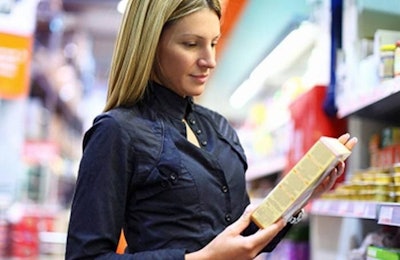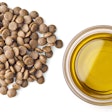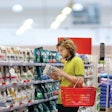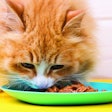
From Petfood Industry:
The topic of GMOs in pet food has been hotly debated by both consumers and pet food manufacturers alike over the years, including in 2014 when WATT Global Media's Debbie Phillips-Donaldson asked 'What is GMOs role in feeding pets and people?'
In that blog post, Phillips-Donaldson questioned whether GMOs had a role in addressing food scarcity as human and pet populations continued to grow. She also described a new coalition that directly involved petfood and feed organizations, in addition to human food groups. The Coalition for Safe Affordable Food (CSAF,http://coalitionforsafeaffordablefood.org) comprised 31 organizations, including the Pet Food Institute, American Feed Industry Association and National Grain and Feed Association.
Now in 2016, a surprising voice has joined the call for better GMO labeling. Food giant Campbell Soup Co., at odds with most of its competitors and the rest of the human food industry, declared its support for “mandatory national labeling of products that may contain GMOs.” Taking it a step further, the company is now voluntarily labeling its products with a prominent statement, “Partially produced with genetic engineering.”
What is GMOs' role in feeding pets and people?
The global population, currently at about 7.15 billion people, is forecast to grow to 9.6 billion people by 2050, leading to a 69% higher need for food calories, according to the World Resources Institute.
















